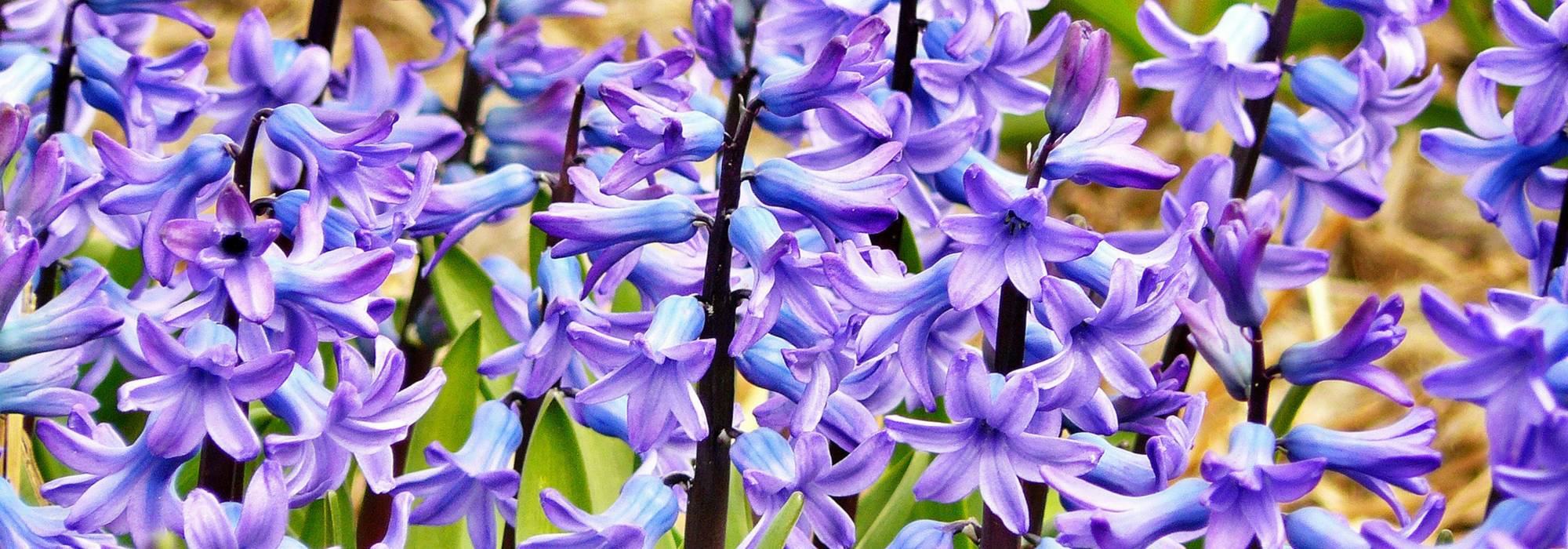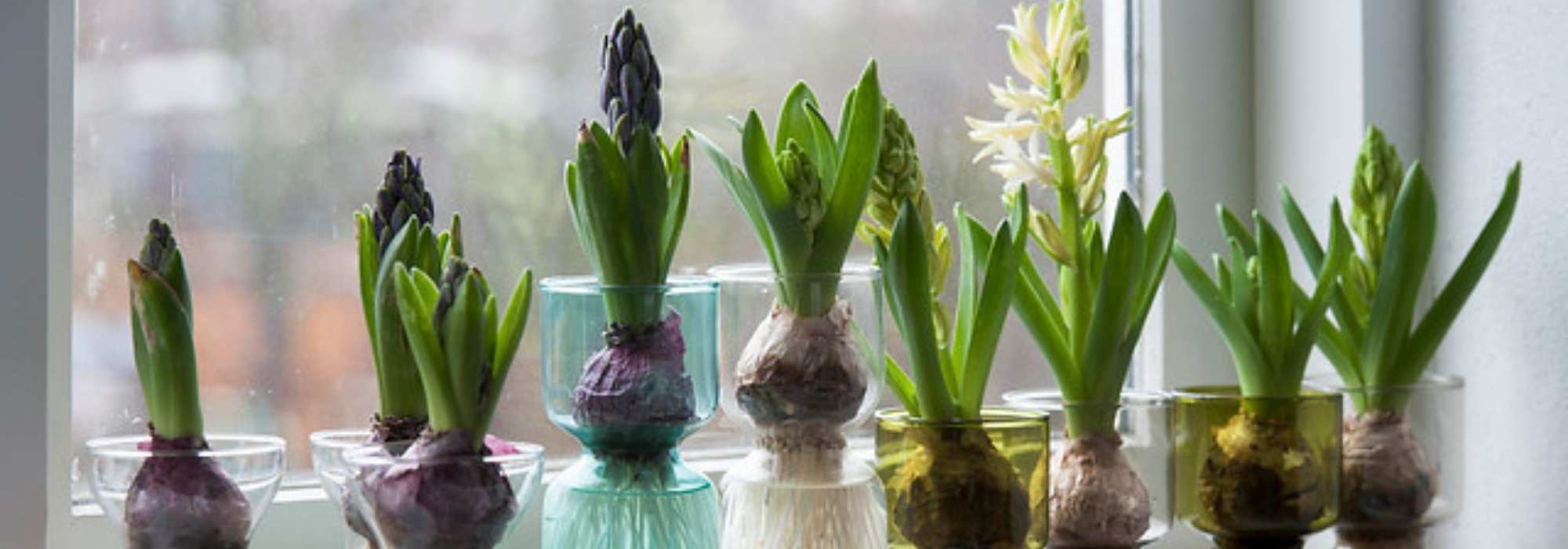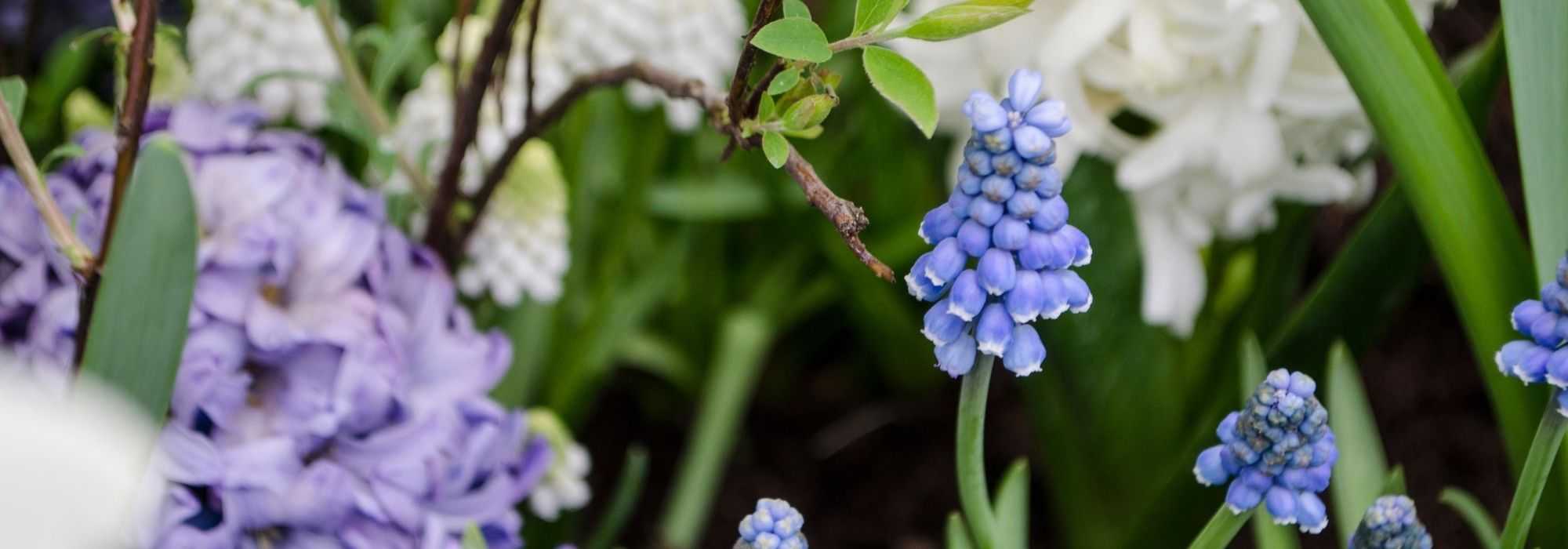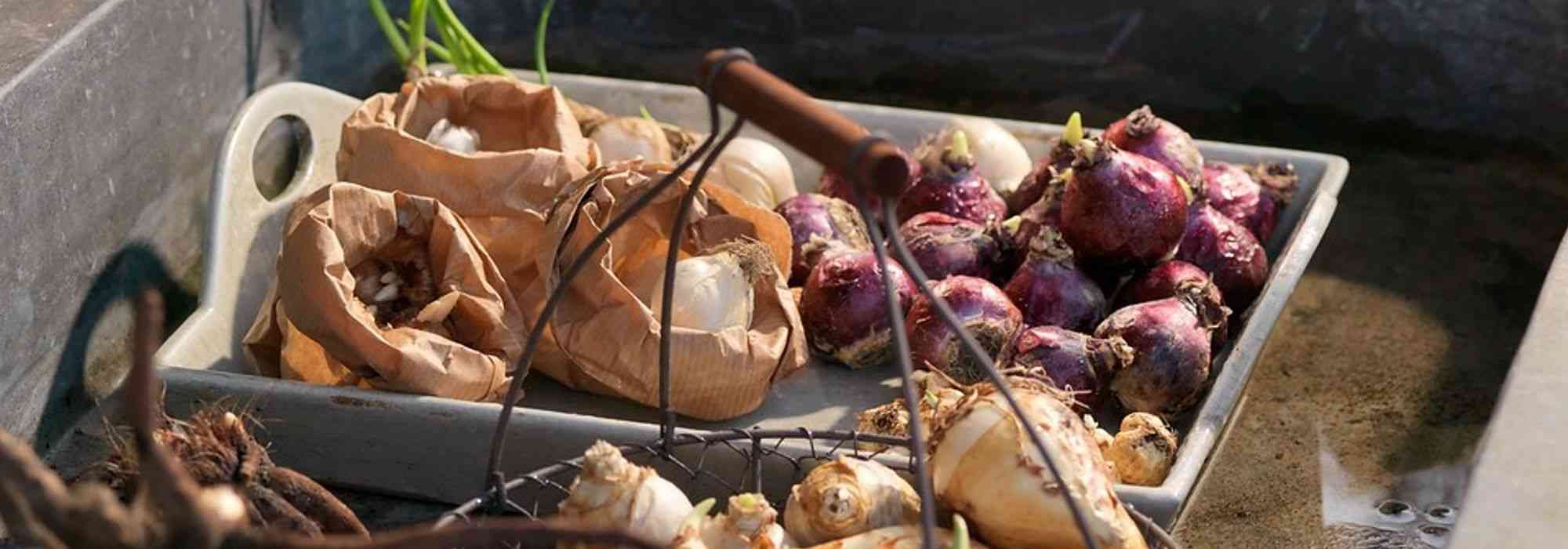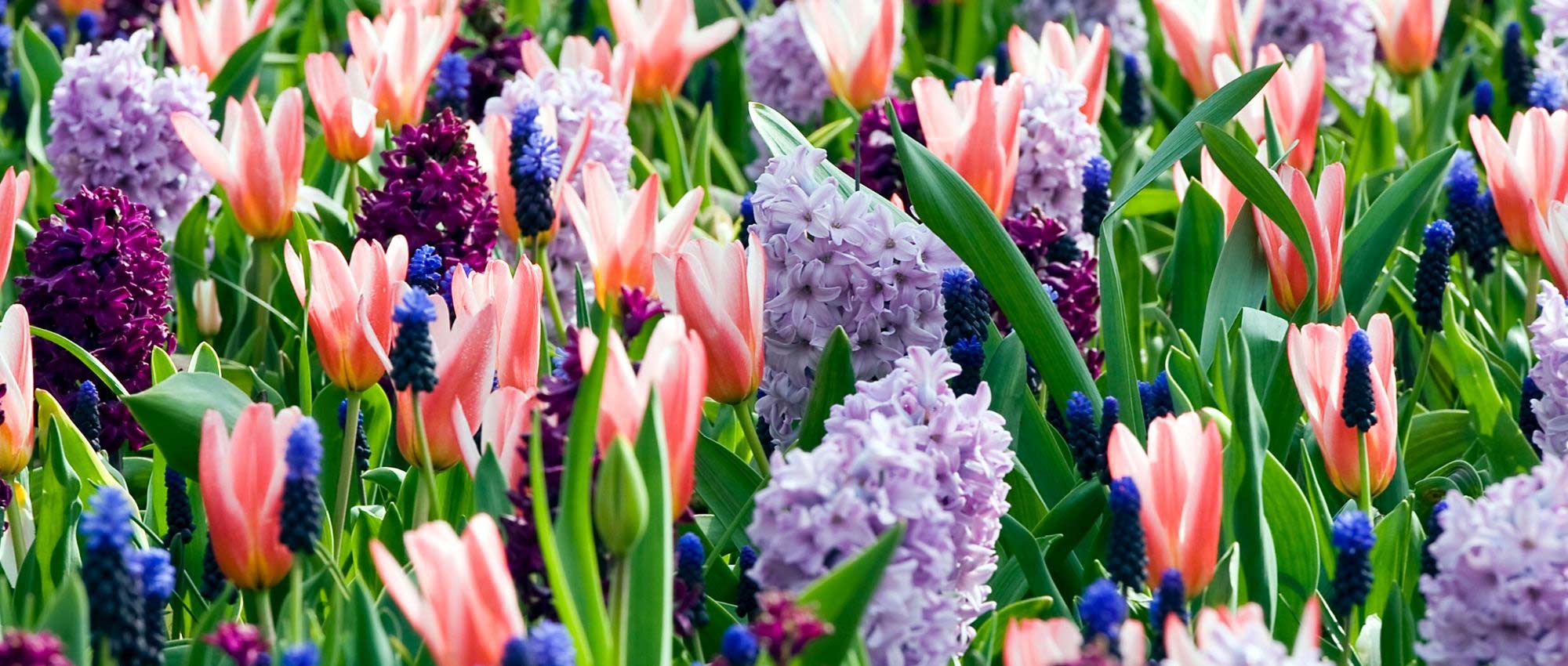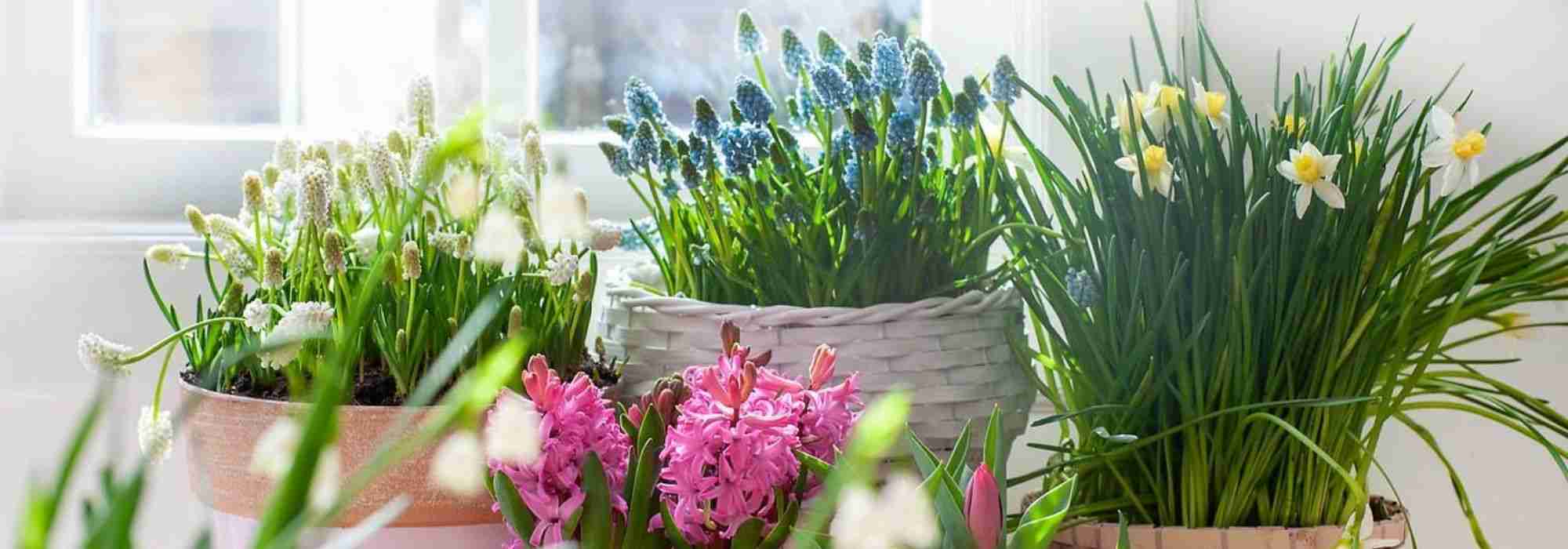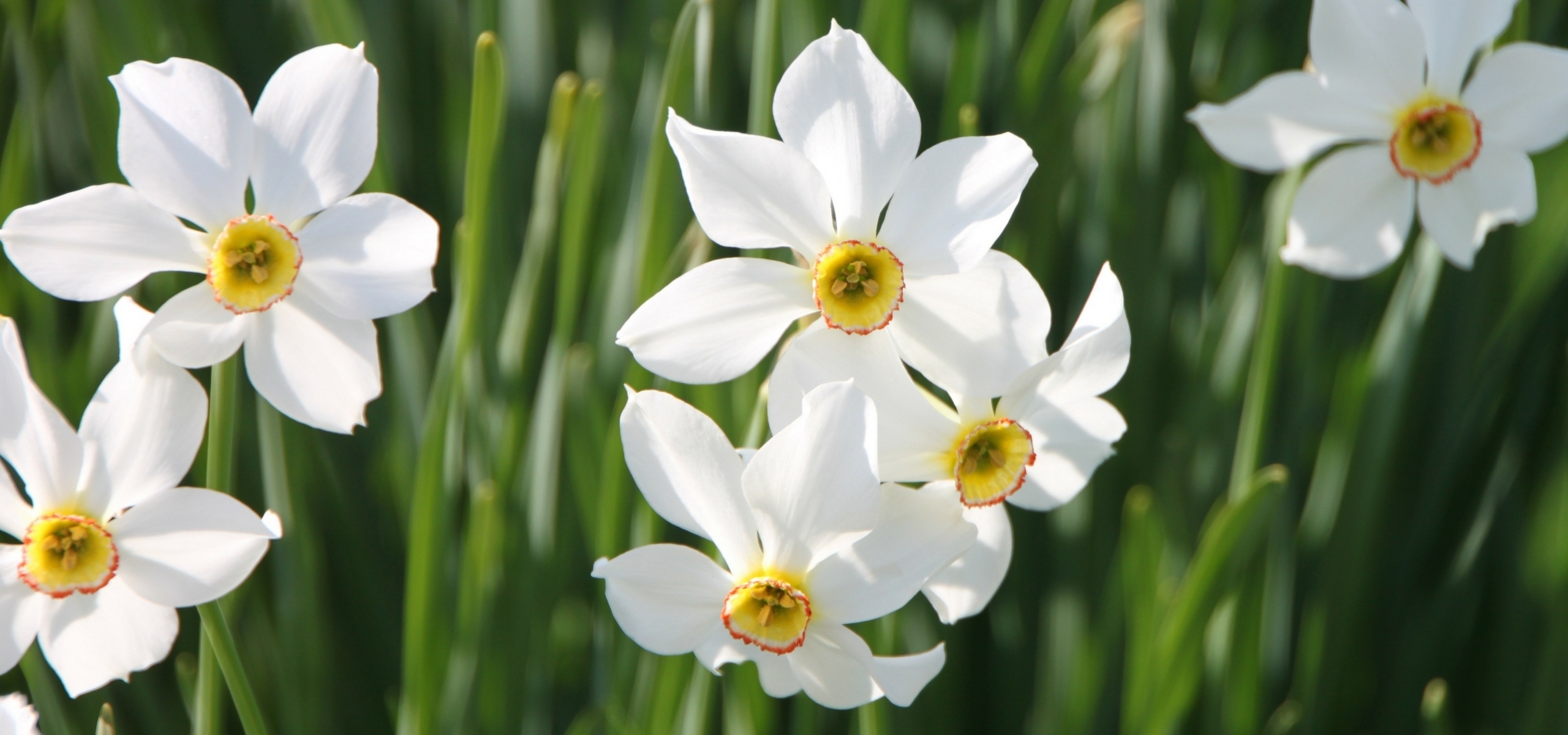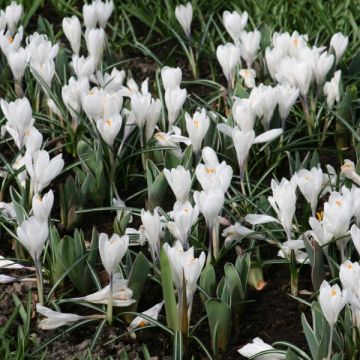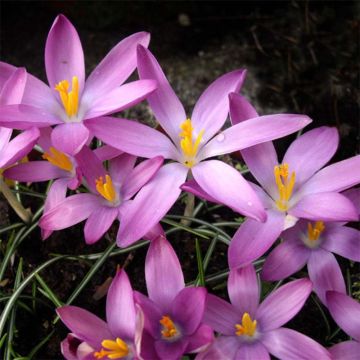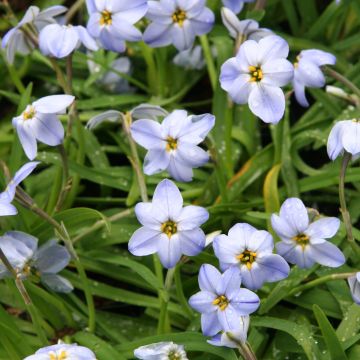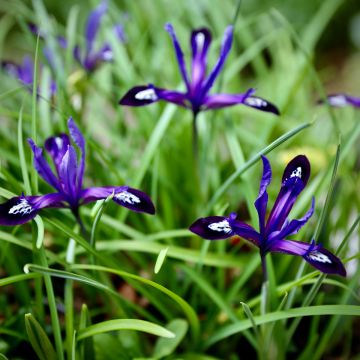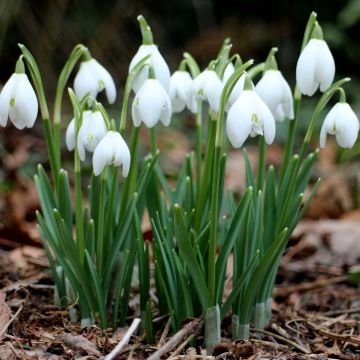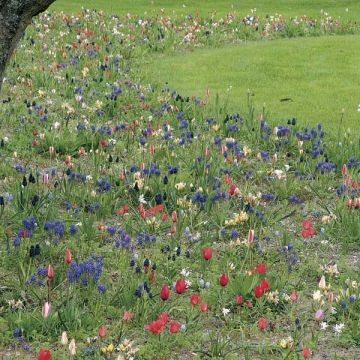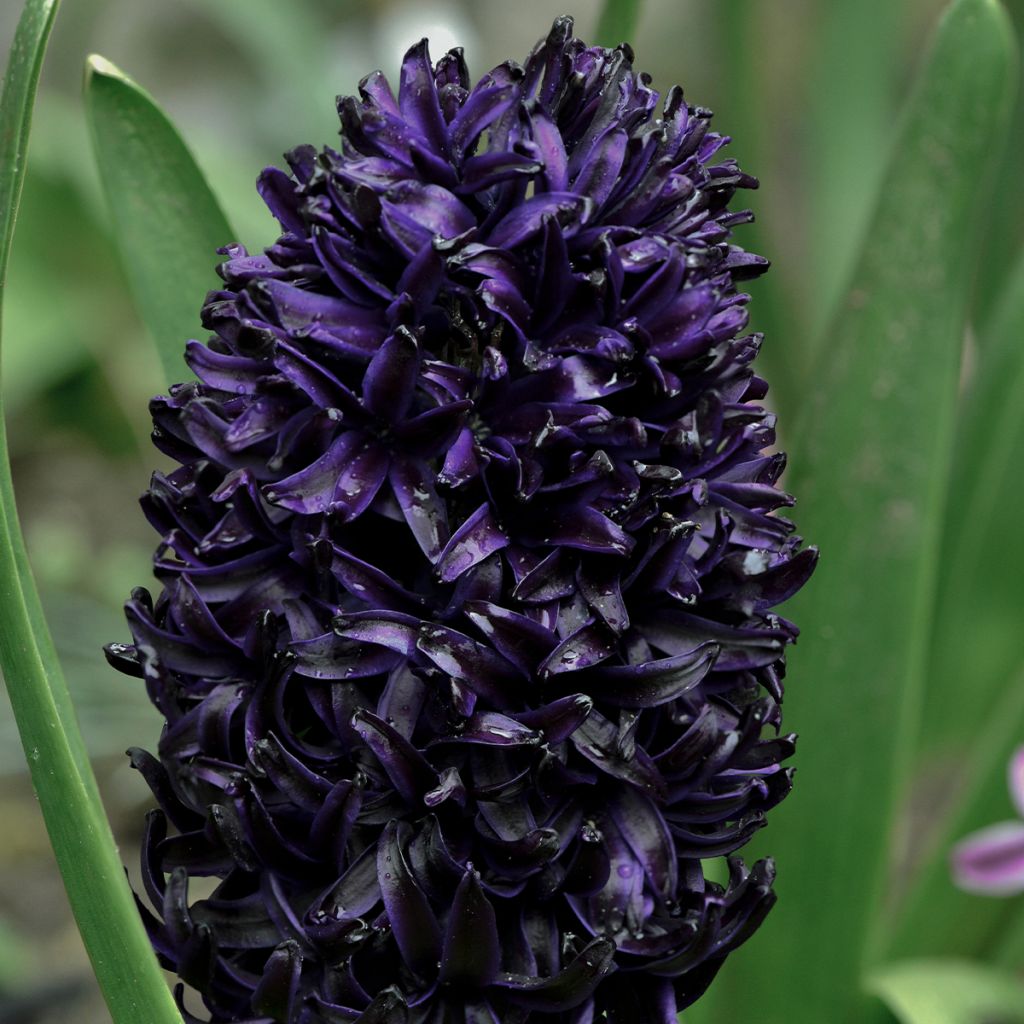

Hyacinthus orientalis Midnight Sky - Jacinthe orientale, Jacinthe de Hollande, Jacinthe des jardins
Hyacinthus orientalis Midnight Sky - Garden Hyacinth
Hyacinthus orientalis Midnight Sky
Common Hyacinth, Garden Hyacinth
Special offer!
Receive a €20 voucher for any order over €90 (excluding delivery costs, credit notes, and plastic-free options)!
1- Add your favorite plants to your cart.
2- Once you have reached €90, confirm your order (you can even choose the delivery date!).
3- As soon as your order is shipped, you will receive an email containing your voucher code, valid for 3 months (90 days).
Your voucher is unique and can only be used once, for any order with a minimum value of €20, excluding delivery costs.
Can be combined with other current offers, non-divisible and non-refundable.
Home or relay delivery (depending on size and destination)
Schedule delivery date,
and select date in basket
This plant carries a 6 months recovery warranty
More information
We guarantee the quality of our plants for a full growing cycle, and will replace at our expense any plant that fails to recover under normal climatic and planting conditions.
Would this plant suit my garden?
Set up your Plantfit profile →
Description
The Hyacinth 'Midnight Sky' is a unique variety due to its colouring! It offers an elegant habit with an upright flower spike of 20 to 30 cm topped with tight clusters of tubular flowers in a dark, almost black violet, highly fragrant, surrounded by grey-green lanceolate foliage. It blooms in early spring, in March-April, in the ground or in a pot, in well-drained, fertile soil, even dry in summer. This variety is perfectly suited for creating contrasting borders or for cultivation in decorative pots. It can be forced indoors for winter flowering, bringing a beautiful touch of fragrance and colour to the home.
The hyacinth 'Midnight Sky' belongs to the Asparagaceae family. Its botanical name is Hyacinthus orientalis ‘Midnight Sky’, it is a cultivar selected for its dark purple, almost black flowering. The type species originates from southern Turkey, Syria, and Lebanon, with a natural range extending to the eastern Mediterranean. ‘Midnight Sky’ is distinguished by an upright and compact habit, with a flower spike of 20–30 cm bearing 40 to 50 highly fragrant, almost black tubular flowers. The habit is erect with deciduous, grey-green, lanceolate foliage, composed of 3‑4 leaves measuring 15–35 cm long and 1–3 cm wide. Its growth is fairly rapid: the bulb reaches its full development in one season, reaching 25–30 cm in height and 15–20 cm in spread when planted in the ground. The plant produces bulblets and can multiply by offsets, but also be divided from the bulblets at the base. Flowering occurs in March‑April. The deciduous foliage disappears after flowering. The roots form a shallow bulbous system.
In the garden, the hyacinth ‘Midnight Sky’ plays the role of the dark brushstroke in a vibrant spring palette. Its compact habit and its blackish-purple spikes add depth and mystery to light borders, which it admirably enhances amongst yellow primroses and 'White Marvel' tulips. In a pot, it creates a striking effect on a sunny terrace, especially if surrounded by blue grape hyacinths or 'Thalia' daffodils with ivory corollas. For an elegant and poetic scene, pair it with 'Ruby Giant' crocus or 'Persica' fritillary, which share this rare chromatic intensity.
Plant habit
Flowering
Foliage
Botanical data
Hyacinthus
orientalis
Midnight Sky
Asparagaceae
Common Hyacinth, Garden Hyacinth
Hyacinthus orientalis Midnight Sky
Cultivar or hybrid
Planting and care
Plant the Hyacinth Midnight Sky in October or November, burying the bulbs 8 to 10 cm deep and spacing them 15 to 20 cm apart. The soil should be deep, fertile, and well-drained. This plant appreciates well-rotted manure and light, dry soils in summer. It dislikes waterlogged soil in winter. In very harsh climates, cover with a litter layer to protect from severe cold. Flowering occurs from February to April-May, depending on the variety. After flowering, wait for the leaves to yellow and wilt before lifting the bulbs, which should be stored dry until replanting the following autumn. Hyacinths can survive outdoors in winter if temperatures do not drop below -15°C and the soil is permeable. Second-year flowering is generally less impressive than the first, but still very acceptable for bedding displays. Container cultivation is possible, following the same method, ensuring the plant does not lack water during the growing season.
Planting period
Intended location
Care
Planting & care advice
This item has not been reviewed yet - be the first to leave a review about it.
Similar products
Haven't found what you were looking for?
Hardiness is the lowest winter temperature a plant can endure without suffering serious damage or even dying. However, hardiness is affected by location (a sheltered area, such as a patio), protection (winter cover) and soil type (hardiness is improved by well-drained soil).
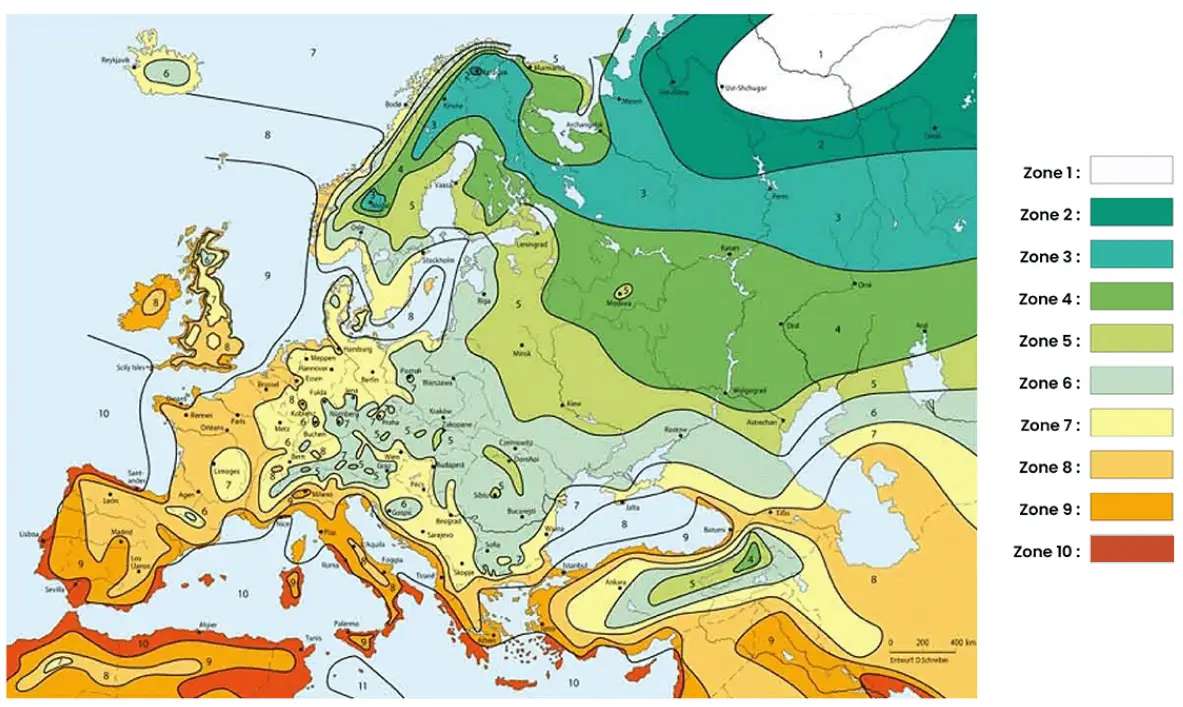
Photo Sharing Terms & Conditions
In order to encourage gardeners to interact and share their experiences, Promesse de fleurs offers various media enabling content to be uploaded onto its Site - in particular via the ‘Photo sharing’ module.
The User agrees to refrain from:
- Posting any content that is illegal, prejudicial, insulting, racist, inciteful to hatred, revisionist, contrary to public decency, that infringes on privacy or on the privacy rights of third parties, in particular the publicity rights of persons and goods, intellectual property rights, or the right to privacy.
- Submitting content on behalf of a third party;
- Impersonate the identity of a third party and/or publish any personal information about a third party;
In general, the User undertakes to refrain from any unethical behaviour.
All Content (in particular text, comments, files, images, photos, videos, creative works, etc.), which may be subject to property or intellectual property rights, image or other private rights, shall remain the property of the User, subject to the limited rights granted by the terms of the licence granted by Promesse de fleurs as stated below. Users are at liberty to publish or not to publish such Content on the Site, notably via the ‘Photo Sharing’ facility, and accept that this Content shall be made public and freely accessible, notably on the Internet.
Users further acknowledge, undertake to have ,and guarantee that they hold all necessary rights and permissions to publish such material on the Site, in particular with regard to the legislation in force pertaining to any privacy, property, intellectual property, image, or contractual rights, or rights of any other nature. By publishing such Content on the Site, Users acknowledge accepting full liability as publishers of the Content within the meaning of the law, and grant Promesse de fleurs, free of charge, an inclusive, worldwide licence for the said Content for the entire duration of its publication, including all reproduction, representation, up/downloading, displaying, performing, transmission, and storage rights.
Users also grant permission for their name to be linked to the Content and accept that this link may not always be made available.
By engaging in posting material, Users consent to their Content becoming automatically accessible on the Internet, in particular on other sites and/or blogs and/or web pages of the Promesse de fleurs site, including in particular social pages and the Promesse de fleurs catalogue.
Users may secure the removal of entrusted content free of charge by issuing a simple request via our contact form.
The flowering period indicated on our website applies to countries and regions located in USDA zone 8 (France, the United Kingdom, Ireland, the Netherlands, etc.)
It will vary according to where you live:
- In zones 9 to 10 (Italy, Spain, Greece, etc.), flowering will occur about 2 to 4 weeks earlier.
- In zones 6 to 7 (Germany, Poland, Slovenia, and lower mountainous regions), flowering will be delayed by 2 to 3 weeks.
- In zone 5 (Central Europe, Scandinavia), blooming will be delayed by 3 to 5 weeks.
In temperate climates, pruning of spring-flowering shrubs (forsythia, spireas, etc.) should be done just after flowering.
Pruning of summer-flowering shrubs (Indian Lilac, Perovskia, etc.) can be done in winter or spring.
In cold regions as well as with frost-sensitive plants, avoid pruning too early when severe frosts may still occur.
The planting period indicated on our website applies to countries and regions located in USDA zone 8 (France, United Kingdom, Ireland, Netherlands).
It will vary according to where you live:
- In Mediterranean zones (Marseille, Madrid, Milan, etc.), autumn and winter are the best planting periods.
- In continental zones (Strasbourg, Munich, Vienna, etc.), delay planting by 2 to 3 weeks in spring and bring it forward by 2 to 4 weeks in autumn.
- In mountainous regions (the Alps, Pyrenees, Carpathians, etc.), it is best to plant in late spring (May-June) or late summer (August-September).
The harvesting period indicated on our website applies to countries and regions in USDA zone 8 (France, England, Ireland, the Netherlands).
In colder areas (Scandinavia, Poland, Austria...) fruit and vegetable harvests are likely to be delayed by 3-4 weeks.
In warmer areas (Italy, Spain, Greece, etc.), harvesting will probably take place earlier, depending on weather conditions.
The sowing periods indicated on our website apply to countries and regions within USDA Zone 8 (France, UK, Ireland, Netherlands).
In colder areas (Scandinavia, Poland, Austria...), delay any outdoor sowing by 3-4 weeks, or sow under glass.
In warmer climes (Italy, Spain, Greece, etc.), bring outdoor sowing forward by a few weeks.


































